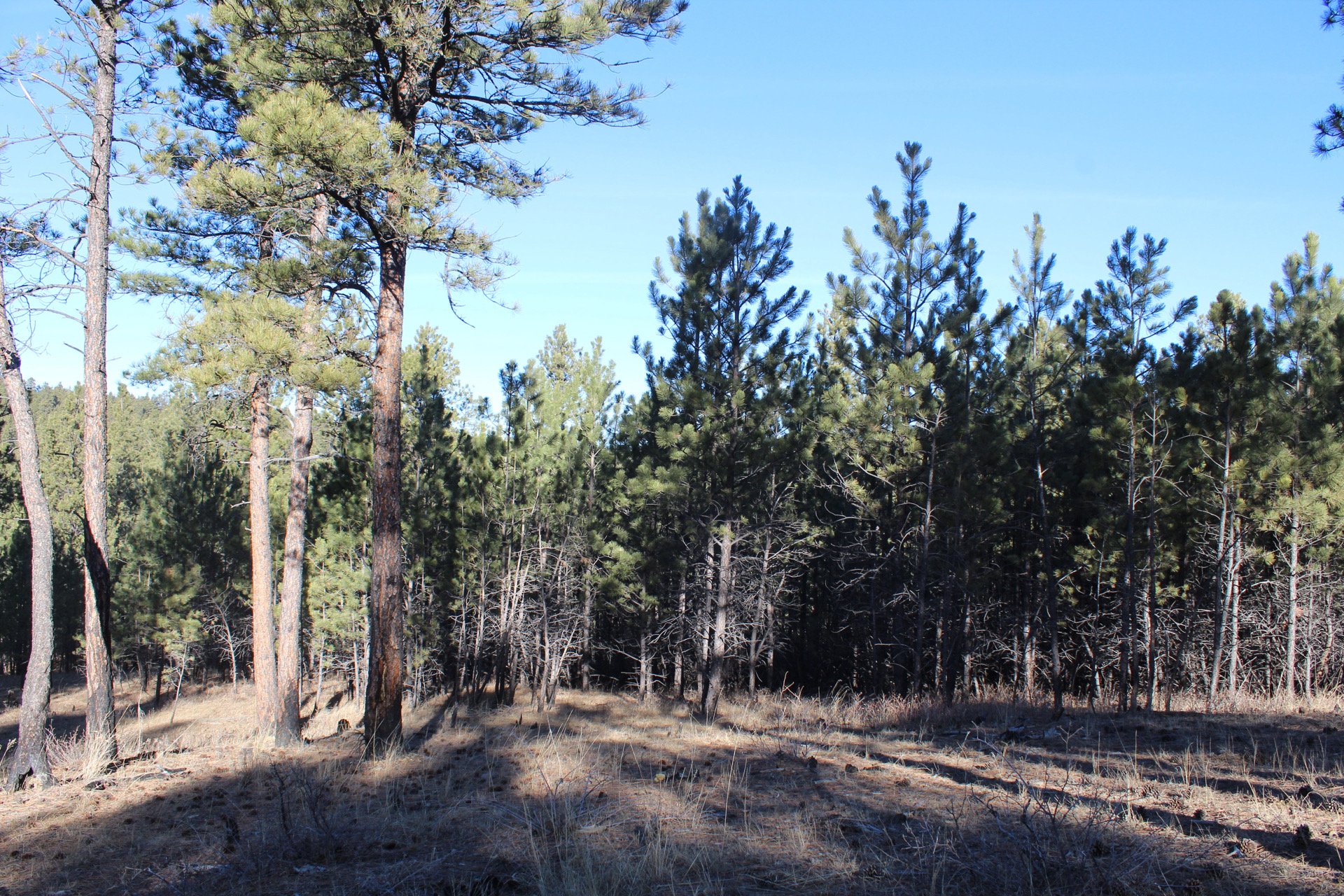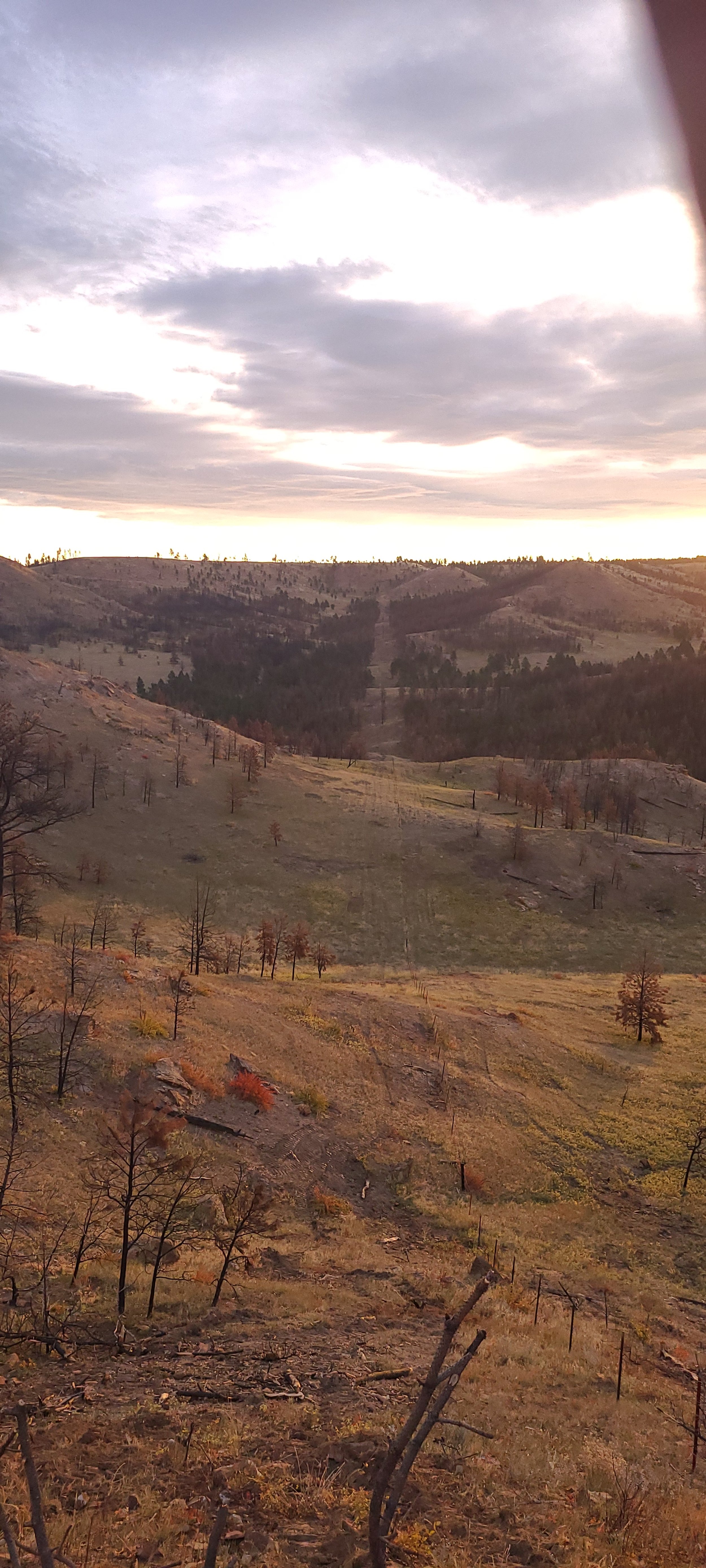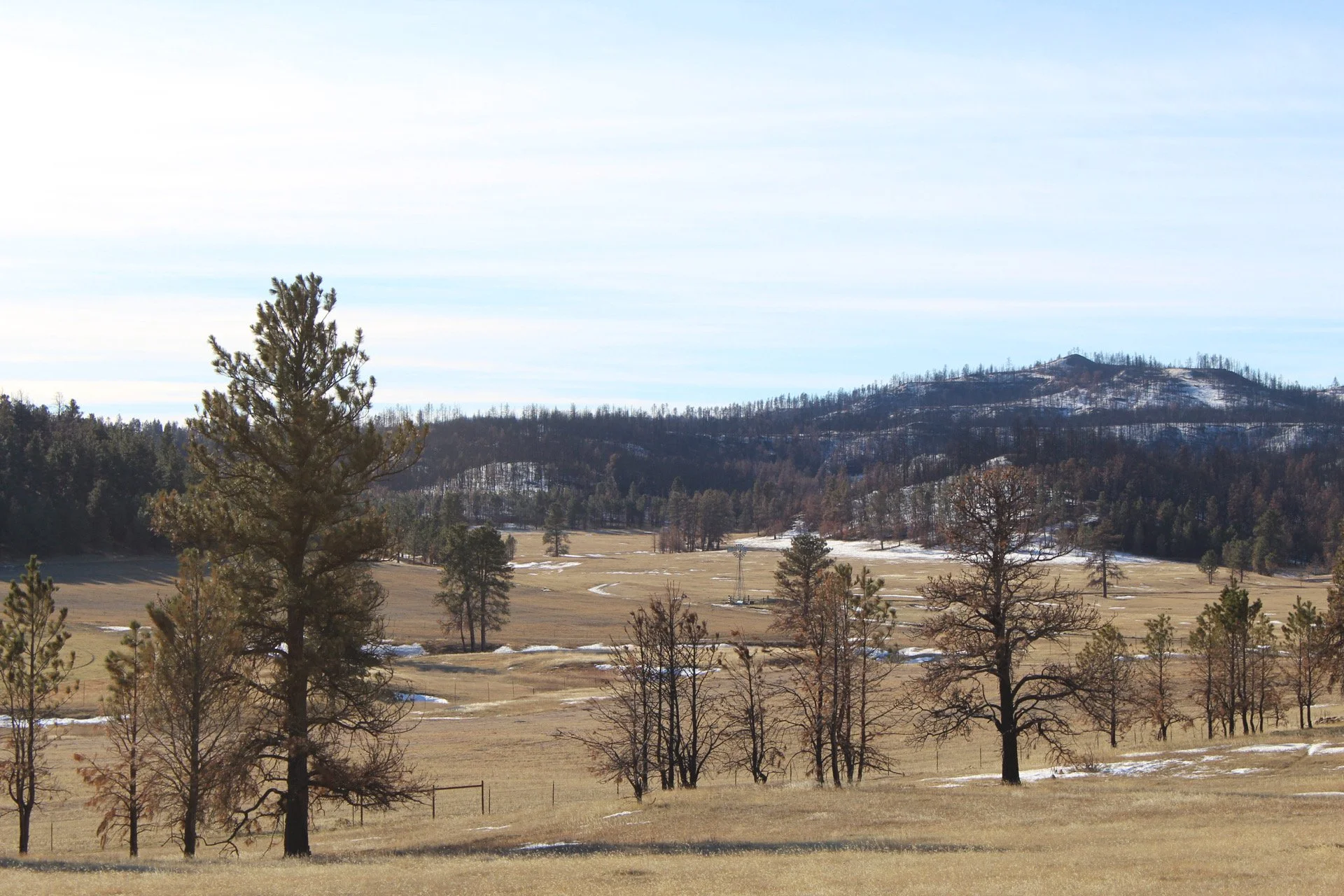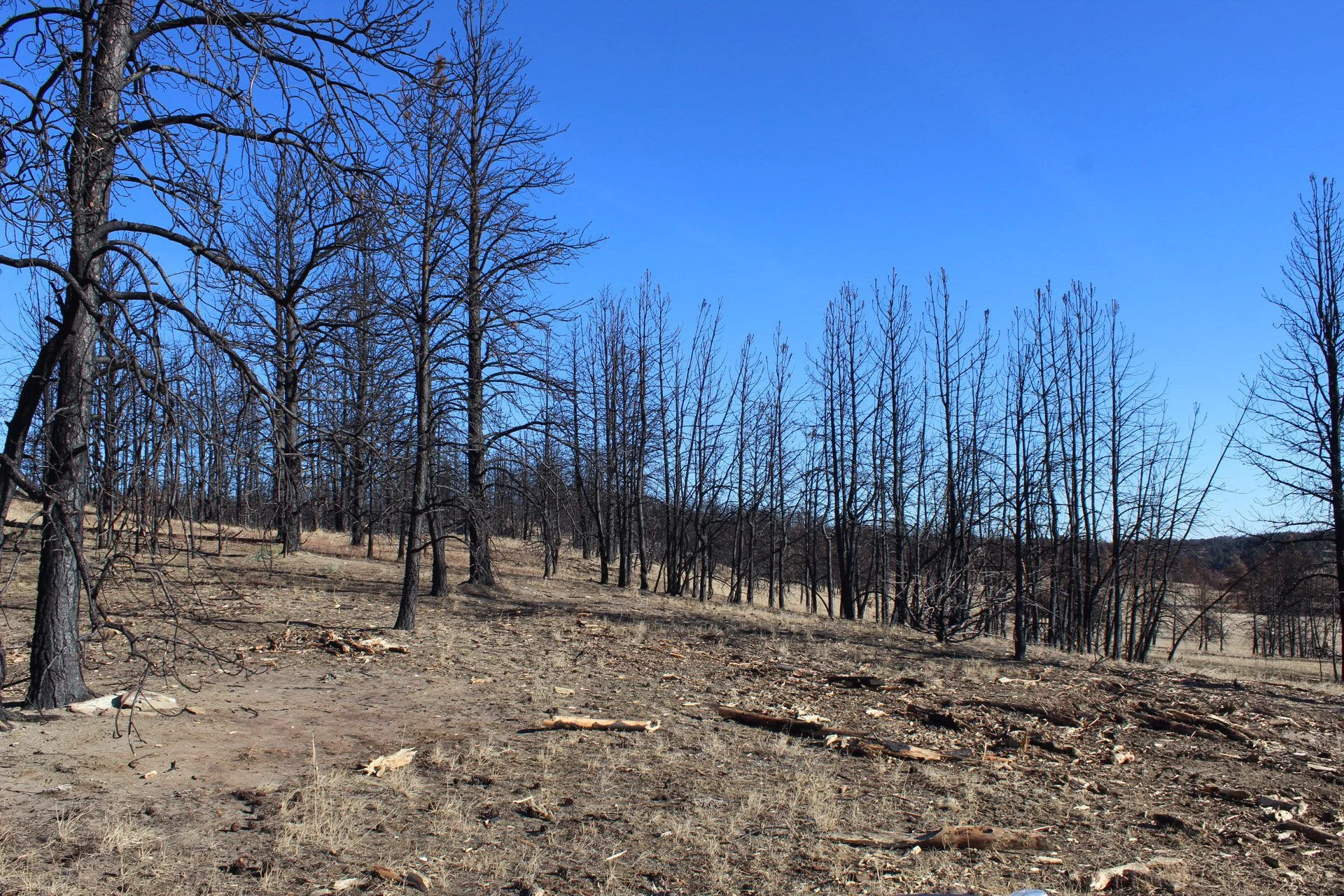Land Restored. Risk Reduced. Results Delivered.
Land Management That Maximizes Your Investment
Wildfire Mitigation Projects
Defensible spacing, ladder fuel reduction, thinning
During work: Overgrown brush created major challenges for livestock management.
After work: Selective mastication to open defensible spacing and improve fire resilience.
After restoration: Overgrown understory removed; healthy spacing allows dominant trees to thrive and resist fire.
After work: The dense understory was cleared out to reduce the wildfire impact.
During work: Heavy ladder fuels posed a severe fire risk that likely would end in catastrophic loss.
Before work: Dense growth has reduced available grazing land and degraded soil health.
After work: Land thinning to balance wildfire resilience with habitat preservation and ecosystem health.
Before work: A great example of an unsafe and inaccessible are for wildland firefighters to access when the fire occurs.
Habitat and Grazing Improvements
Pasture reclamation, meadow restoration, wildlife corridors
After clearing: Lodgepole was removed to aid in aspen stand improvement for wildlife habitat.
During clearing: Selective thinning and mastication is being done to reclaim grassland and open wildlife corridors.
During thinning: Extremely dense forest of ponderosa pine and juniper create a less than ideal habitat for Wildlife and Livestock.
After work: A great example of properly spaced ponderosa pine trees.
After work: One year after fire came through, mulching was done to remove burned trees. This regenerated the soil and aided in seeding, creating a luscious clover field - perfect for a wildlife oasis.
Side by side comparison: Top of photo illustrates fire-killed juniper trees, and the bottom of the photo depicts after treatment, restoring grazing and sage grouse habitat
After thinning: Overgrowth and understory were thinned, and a trail was created for better landowner accessibility.
During thinning: A great side-by-side comparison. Before work is on the left showing a lot of understrory and overgrowth and the right illustrates proper spacing.
Fence Line and Property Clearing
Access restoration, fencing maintenance, property boundary work
After clearing: The fence line was cleared for safe maintenance and livestock containment.
Work needed: If left this way, these burned trees will eventually fall onto and destroy fences causing repetitive and costly maintenance.
Before clearing: A great example of fence line overgrowth that blocked access and increased fire danger.
During work: A side-by-side comparison of each side of the road - overgrown forest on the left and the completed mulching on the right.
Before work: Our customer wanted the property cleared for better access.
After work: Better access and health have been restored.
Water Development and Drainage Management
Spring clearing, irrigation ditch work, water access projects
Before work: An unmanaged area lead to limited access to a natural water source.
After work: A reliable water source was restored in this area, and a pond was built.
After clearing: A drainage area that was cleared of overgrowth that now flows with water.
During work: Cleaning up a large stand of cottonwood trees instantly produces more available water in the area.
Restoration Results
Every acre tells a story. These projects show how strategic action—whether thinning forests, restoring grasslands, or improving water flow—brings land back to life for generations to come.
Thinning in stages is one of the best ways to promote a healthy, resilient forest. By selectively removing trees with disease, structural weakness, or poor genetics, we give the healthiest, strongest trees room to grow and thrive. Many of today’s overgrown forests are the result of poor logging practices from a bygone era, where short-term gains outweighed long-term forest health. Today, we manage with better science and a deeper understanding — balancing forest density, species diversity, and ecosystem resilience for generations to come.
Sometimes, a breathtaking view doesn’t require heavy clearing—just smart, selective work. In this project, removing just three carefully chosen trees was enough to unlock a 100% improvement in the view, all while minimizing disturbance to the surrounding landscape.
Overgrown meadows are more common than most people think. We are losing 1% or more of our meadows to conifer encroachment every year.
Fence line clearing is a great investment because it greatly helps with access, repair, and sustainability, all while avoiding costly reoccurring fence line repairs.
Brush removal is crucial for many landowners to have better access to their livestock, water and land.
Irrigation ditch clearing is important for water sustainability.
Before restoration can begin, real challenges must be faced.
These are the conditions we help landowners overcome - turning risk, loss, and neglect into opportunity, productivity, and resilience.
And the reasons Yellowstone Land Management was built.
These Are the Challenges We’re Built For
After a fire goes through, there are dead trees left that only lead to a mess after they fall down.
Fuel loading on this ranch would make it impossible for firefighters to safely and effectively fight a fire.
Conifer encroachment is advancing across this meadow. Without intervention, the grasslands will be lost and replaced by dense forest that dramatically increases wildfire fuel loads and reduces livestock forage.
Heavy fuel loads across the ranch led to a stand-replacement fire, wiping out nearly all vegetation and resulting in catastrophic forest loss. This now needs to be cleaned up before it becomes a mess of dead and down trees.



































